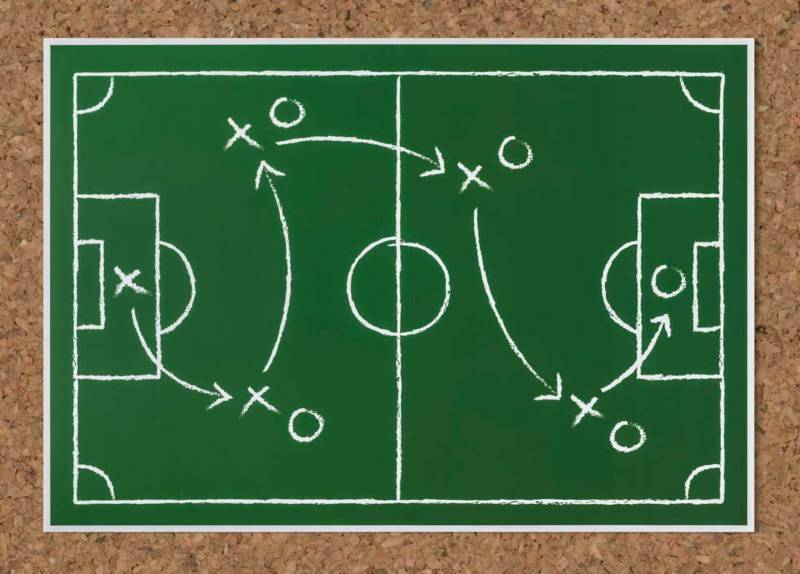“An object at rest stays at rest and an object in motion stays in motion….unless acted upon by an outside force.” That’s Newton’s First Law of Motion. Basic science tells us that resistance is a common response to change, whether we’re talking about the movement of an object, or human behavior. Unless some “outside force” pushes us to change, we just won’t. That’s because it’s hard to change. We are more comfortable doing things the way we are used to doing them. Your students have two choices: either change and become more assertive or continue to use an aggressive or deferring communication style.
To help your students choose to change, teach them these five steps:
- Agree to change
- Practice being the person you want to be
- Improve daily behavior
- Make a new set of rules
- Practice saying affirmations

Agree to change
Teach your students that the first step in overcoming obstacles to change is to stop saying you do not use aggressive or deferring behavior. If you notice that people avoid or stay away from you, that’s a sign that you need to change. Turning people off is a high price to pay just to have things go your way. Aggressive people are often sure they are right and, therefore, feel no need to change. Admit that you need to change and do something about it.

Practice being the person you want to be
Teach your students to practice being who they want to be. It can be helpful to share this scenario with them: Imagine you’re a basketball player and your coach tells you that you need to change your form. He says that you’ll make 25% more baskets if you just change your shooting style. He shows you the correct way to shoot the ball. You try it and miss. It feels all wrong to you. You are not used to the motion so you’re tempted to go back to your old shooting style. But you don’t. Instead, you keep practicing this new way of shooting. The more you practice, the more comfortable it feels, and, soon enough, the shots do start to fall. This is how, with practice, you will become more assertive.
Improve daily behavior
Your students will need to improve their daily behavior. As they practice being the assertive person they want to be, they’ll notice themselves doing things differently. They will appear more calm, direct and respectful and will notice people reacting well to them. Have them notice these positive results and ask themselves “What did I do right and how can I do that again?”

Make a new set of rules
Just as any board game or sport has a rulebook, we have a rulebook for life. It is what tells us how to play the game, what moves to make and how to interact with other players, or in real life, people. However, unlike the rulebook of a board game, we have the advantage of being able to change the rules in our rulebook. We must simply decide how we want to act in stressful situations, and make that a new rule.

Practice saying affirmations
Changing your students’ behavior starts with changing their thoughts. Positive self-talk or affirmations will help them to change their behavior. Affirmations should be short, positive and simple. Here are some examples of good affirmation statements for your students to use: I…
- have the right to ask for what I want.
- share my feelings with others.
- am growing and becoming more assertive
- control my choices.
- like who I am.
Thanks for tuning into our series on teaching interpersonal assertion to your students. If you want to learn more about developing or teaching soft skills, sign up for a free soft skills webinar here.
